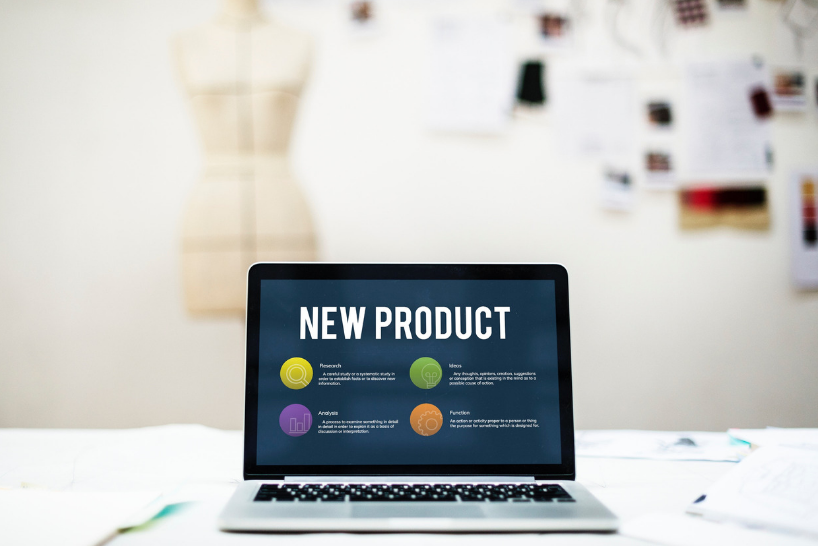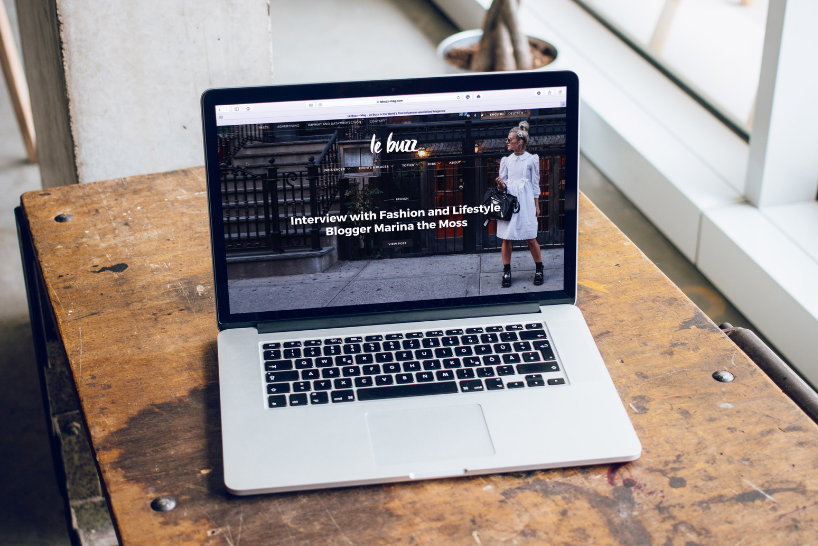It’s vital that a marketing campaign has a dedicated, promotion-specific landing page. If you’re not sure what a landing page is exactly, or you have no clue what it should include, (to save you from having a meltdown) we’ve put together our definition of a landing page and the five vital elements that make a successful one.
Firstly, what is a landing page?
You’ve probably seen those small adverts at the side of web pages and if you’ve clicked on one, you may have been taken to a page that’s dedicated to a single campaign. You might then have been asked to provide a few details in exchange for a white paper, ebook or newsletter subscription for example. That’s a landing page.
There are two types to get your head around…
Click through landing page
The main goal is to persuade the user to click through to another page, such as a checkout or registration page for example. Click here to see a great example of a ‘click-through’ landing page.
Lead generation landing page
Here, the main purpose is to capture data from a user, such as their name and email address. In return, the user will typically receive an ebook or whitepaper, a spot at a webinar, a discount voucher, gift or a free trial for example. Click here to see an awesome example of a lead generation landing page.
For the purpose of this blog, we’ll be focusing on lead generation pages.

Why are they so vital?
Landing pages turn your website visitors into leads, which is pretty vital don’t you think? Without a dedicated landing page for your campaign, all the hard work you’ve put into getting people to your site could be completely wasted.
If you’re thinking, “what’s the difference between a landing page and my homepage?”, keep reading.
In a nutshell, the purpose of your homepage is to promote your business whereas a landing page promotes a single message, campaign and has a single aim – capture leads or promote a product.
A great landing page will also help;
- Build expertise – you’re seen as an expert in a certain subject
- Build trust – which down the line could result in further commissions or sales
To get the best response rates from your campaign, the copy and layout of your landing page must be structured correctly. Like everything in this digital landscape, you only have a few seconds to capture someone’s attention. Make it count.
“In a nutshell, the purpose of your homepage is to promote your business, whereas a landing page promotes a single message, campaign and has a single aim: capture leads, or promote a product.”

What are these five vital elements you speak of?
1. A killer headline that says ‘THIS IS AMAZING!’
A website has just three seconds to grab someone’s attention, so creating a killer headline is key. Just like any other headline, it should be clear, succinct and relevant. It should tell someone instantly WHAT it is they’ll get. For example, “How to build a killer landing page” is far more attractive than the snore fest, “A look at landing pages and click through measures”.
2. A short intro that says ‘YOU NEED THIS BECAUSE…’
The reader then gives the site a further 30 seconds to decide if this is worth pursuing, so keep your descriptive text short. If the text isn’t clear and concise enough to draw in your visitors, they’ll leave the page fast. Tell them in short nuggets and snappy bullet points that they’re in the right place, what they’ll get and how it’ll benefit them. Done.
3. An image or preview that says ‘SEE FOR YOURSELF HOW AMAZING THIS IS!’
The user not only needs to know what they’re getting, but they need to SEE it too. They’re choosing to give up information, time or money for your marketing campaign, so it’s important that they know what they’ll be giving it up for. Just a couple of pages from your fabulous white paper will show them what they’ll be missing out on, and no-one likes missing out on stuff.
4. A clear, simple call to action that says ‘GET THIS NOW’
If the user knows they can get what you’re offering in a matter of seconds, they’ll do it. If it’s a form, it needs to be simple. The fewer fields the better. If it’s a button, make sure it’s visible across all devices without the need to scroll. Your call to action should be the only link on your page – so, remove all navigation links or advertisements as all they’ll do is distract the user from completing the required action.
5. Send your new friend a big ‘THANK YOU’.
When people sign up to receive whatever amazing thing it is you’re offering, make sure to give them a big personal thank you to share your gratitude, and to sow that first seed which could grow into a wonderful relationship. Here’s a great, if slightly odd example, of a welcome message which we love by Paul Jarvis…
Oh! Hello there,
I appreciate that you joined my mailing list. Upon receiving notice that you signed up, I was immediately pleased!
So pleased, that I went straight to the local tattoo parlour and got the first available artist to tattoo your name on my inner left arm, in a thin but beautiful typeface. I had been agonizing over what tattoo to get next and then it hit me: your name!
It’s bandaged up now, otherwise I’d send you a photo of it. I’ll wear it with pride and every time I raise my hands over my head, in front of the mirror (happens more than you’d expect), I’ll think of you and of today – the day you joined my mailing list.
You’ll be hearing from me every Sunday, and now that we’re bonded in ink, I cannot wait to appear in your inbox. Anytime you read one of my emails and find it interesting, of value, horribly offensive or anything else – just hit reply. I’d love to hear from my ink’s namesake.
I look forward to talking more (and to my tattoo healing). Feel free to reply to this email and introduce yourself. This newsletter is a two-way street.
Paul Jarvis, Author of The Good Creative
“Overall, less is more. Make it obvious. Don’t overcomplicate the page, it should have one clear product and message.. and one simple call to action. That’s it. Anything more and people will get too distracted to leave what you really want.”
So, to summarise…
You need:
- A killer headline that says ‘THIS IS AMAZING!’
- A short intro that says ‘YOU NEED THIS BECAUSE…’
- An image or preview that says ‘SEE FOR YOURSELF HOW AMAZING THIS IS!’
- A clear, simple call to action that says ‘GET THIS NOW’
- Send your new friend a big ‘THANK YOU’.
Now, go and up your landing page game!
Overall, less is more. Make it obvious. Don’t overcomplicate the page.

Related articles
Digital
The dos and don'ts of working with a creative agency
Digital
Five benefits of using small digital agencies
Digital
Why your business needs online customer reviews